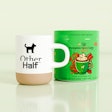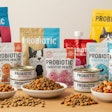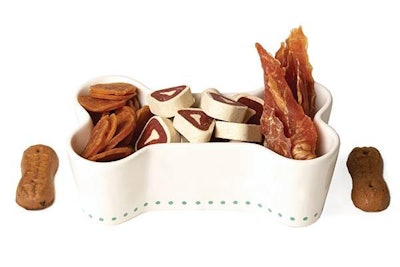
The pet food ingredients market was valued at US$28.6 billion in 2014 and is projected to reach US$37.3 billion by 2020, at a compound annual growth rate of 4.5% from 2015 to 2020, according to Research and Markets’ report, “Pet food ingredients market by source, form, animal and region—global trends and forecasts to 2020.” Among these ingredients are proteins, particularly important from a nutritional perspective as a dietary cornerstone for carnivores, and from a consumer perspective as pet owners research the most nutritional options for their animals.
There are multiple ways in which protein options are being used in pet food. High-meat formulas, for example, are gaining popularity due to a combination of the humanization of pets and the consumer perception that such formulas are “premium” in overall value. In July 2015, Dr. Greg Aldrich, research associate professor at Kansas State University and president of Pet Food & Ingredient Technology Inc., discussed the processing of high-meat formulas.
During a webinar sponsored by Extru-Tech Inc. and presented by Petfood Industry, “Creating ultra-premium pet foods: Clearing the hurdles,” Aldrich said there are both pros and cons to producing high-meat pet food. Such formulas communicate a message of nutritional value to consumers, said Aldrich, while speaking to the “carnivore” and “ancestral” wolf/wild cat trend. The products are generally less processed and offer more options for novel ingredients. From a health perspective, they add flavor and may improve digestibility. However, extrusion wasn’t originally designed to handle meat, according to Aldrich, and mixing and moisture management can be a challenge from a production standpoint.
Beyond high-meat formulas, some pet food manufacturers are taking advantage of the protein focus to consider novel protein options. Unique animal protein sources first appeared in veterinary diets for pets with allergies, according to Melissa Brookshire, DVM, founder of North River Enterprises, a consulting firm specializing in consumer support services for the pet food industry. “Now they are commonplace, especially in the grain-free category,” she said.
One of these novel proteins has been the subject of a lot of talk lately—insect protein. As people are seeking to increase the amount of protein they consume and, due to pet humanization, the amount their pets consume, as well, it’s becoming increasingly important to look into sustainable protein ingredient options. Highlighted by an Institute of Food Technologists program, FutureFood2050, two entrepreneurs are looking into insects as a form of sustainable protein in both human food and pet food. Daniel Imrie-Situnayake of Tiny Farms is trying to bring modern agricultural technology to insect production, especially with crickets, to drive scale and lower costs; and Harman Singh Johar of Aspire Food Group, an edible insect supplier with projects in the US, Ghana and Mexico, believes innovation combined with competition can help scale up insect production to make it more efficient and financially feasible.
Other novel proteins are already in production and on shelves around the world—alligator and brushtail possum can be found in dog treats, for example, and kangaroo, venison, rabbit and buffalo can be found in both dog and cat foods. Peas are a particularly attractive non-animal protein option for grain-free pet foods, as whole peas have almost 25% protein on a dry matter basis, along with starch, fiber and a small amount of oils, according to Henrick Andersen (director of purchasing and sales at Norway-based Vestkorn Milling AS) and Dr. Peter Messent (an independent consultant for the pet food industry). Pea protein concentrate has a similar protein level to soybean meal, so can be a good substitute in soy-free formulas, as well.
Pet food companies are making use of protein ingredients to their best advantage, including in treats, food, supplements and pet snacks.
All American Pet Company, for example, offers Chewies 25% protein dog treats. The semi-moist ¼-ounce chunks are packaged in a 1-pound canister, and are available in Ben & Jerry’s-style flavors.

Courtesy All American Pet Company
Chewies are 25% protein treats available in Ben & Jerry’s-style flavors.
Freshpet Foods offers Vital, a range of meat-based and grain-free recipes inspired by ancestral dog diets. Designed to replicate carnivorous diets, the recipes are rich in protein and easily digestible, according to the company. All Vital recipes consist of 80% or more fresh poultry, meat or fish, and include novel proteins, such as salmon and bison, for dogs with protein sensitivities.
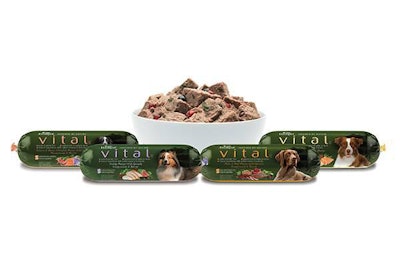
Courtesy Freshpet Foods
Freshpet Foods’ Vital line boasts meat-based and grain-free recipes designed to replicate carnivorous diets.
Innova’s Vegamine AT low-sodium/high-enhancement hydrolyzed vegetable protein can lower sodium in foods while still maintaining a desirable flavor, rather than using a potassium chloride, according to the company. The low-sodium hydrolyzed vegetable protein is ideal for use as a flavor enhancer in gravies, soups, sauces and other pet food products.
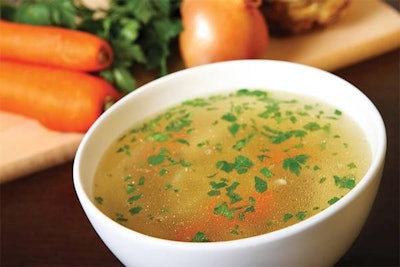
Courtesy Innova
Innova says its Vegamine AT low-sodium/high-enhancement hydrolyzed vegetable protein can lower sodium in foods while still maintaining a desirable flavor.
WellPet LLC offers CORE superfood protein bars as part of its Wellness line of pet food and pet treats. Superfoods like pomegranates, sweet potatoes and kale are paired with proteins in moist treats for dogs that lead an active lifestyle, according to the company. Recipes include Turkey & Duck with Kale, Beef & Bison with Blueberries, Chicken & Turkey with Sweet Potatoes and Salmon & Whitefish with Pomegranates.
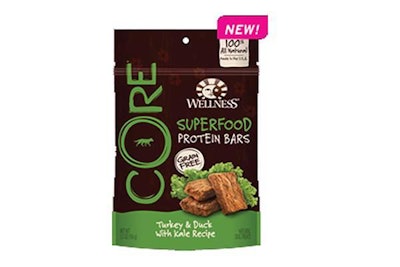
Courtesy WellPet LLC
WellPet offers CORE superfood protein bars geared towards dogs that lead an active lifestyle.
Whether through research or in practice, protein sources for pet foods are expanding, and companies must stay on top of consumer desires and the increasing complexities of pet food formulas to make sure they’re ahead of the game.
More on protein in pet food








